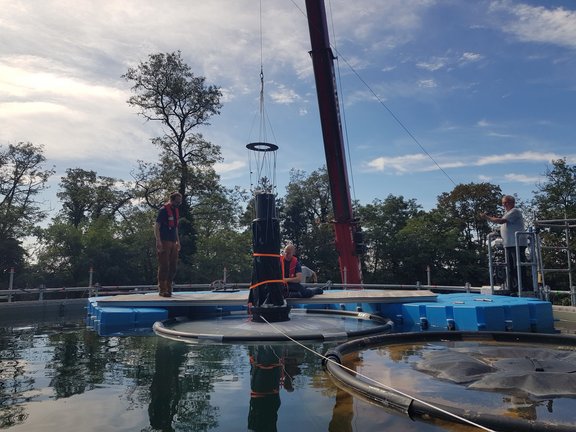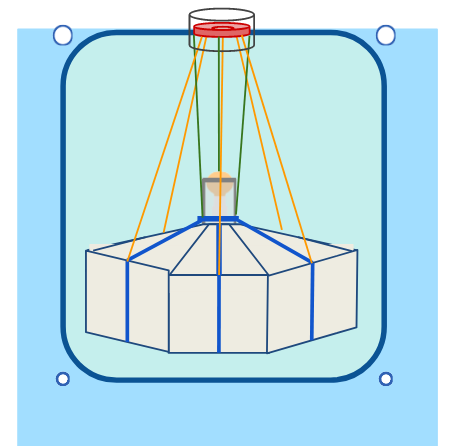Our planet is bombarded with very energetic radiation from space and analyzing this radiation can help astronomers unveil some of the secrets space still holds for us. While our atmosphere very effectively shields these very energetic photons, the so called gamma-rays, from directly reaching the surface of the Earth, the interaction of these photons with the atmosphere gives rise to particle showers.
One method for detecting these showers is using arrays of light-tight particle detector units filled with water and light sensors. An excellent example of this approach is the HAWC experiment in Mexico. Currently, the Southern Wide-field Gamma-ray Observatory (SWGO) is in development and poised to be the first high-altitude gamma-ray observatory offering comprehensive coverage of the southern sky. SWGO will enable the study of critical regions such as the Galactic Center, as well as the investigation of transient phenomena and dark matter.
To achieve this, SWGO will deploy thousands of detector units filled with water at high altitudes in South America. These units may take the form of bladders within arrays of tanks or submerged in a natural or artificial lake. The Max Planck Institute for Nuclear Physics (MPIK) plays a significant role in prototyping the hardware and software for SWGO. For this purpose, a 7-meter deep and 10-meter diameter lake simulation tank was constructed at the MPIK, enabling the study of unit detector prototypes immersed in a lake over the past few years.
The SWGO observatory has different unit detector design options, including a dual-layer design, instead of the commonly used single-layer design. The added lower detection layer can effectively identify muons, which result from hadronic particle showers induced by cosmic rays, substantially reducing background noise. However, developing these dual-layer detectors presented challenges, primarily due to the unavailability of technologies to coat the inner surface of the lower layer with a reflective material. This reflective lining is crucial for optimizing light detection in the dual-layer design.
Scientists at MPIK achieved a breakthrough by developing the first fully operational dual-layer unit detector for SWGO. They designed a flexible chamber entirely constructed from reflective material, nicknamed the 'matryoshka,' which can be inserted into a larger single-layer chamber. "Our setup features a mechanism that allows it to be compactly closed and inserted into a larger detector unit. Once inside, the matryoshka unfolds, becoming the lower layer of the dual-layer detector envisioned for the SWGO baseline design." explains Hazal Göksu, a PhD student on the project.
After months of development, tests and preparations, the first prototype of this unique detector was successfully deployed inside the lake simulation tank at MPIK. This first dual-layer prototype enables mechanical studies and a comprehensive end-to-end evaluation of each component of a unit detector for SWGO. Furthermore, with the successful installation of the matryoshka, SWGO has acquired its first datasets showing muon signals in upper and lower chambers, confirming the viability of the setup and providing an opportunity to compare simulation expectations with real data. Göksu adds with excitement, "In the near future, tests with an array of tens of such dual-layer detectors will follow, eventually leading to thousands. This significant step will bring us closer to unraveling the remaining mysteries of space.”

